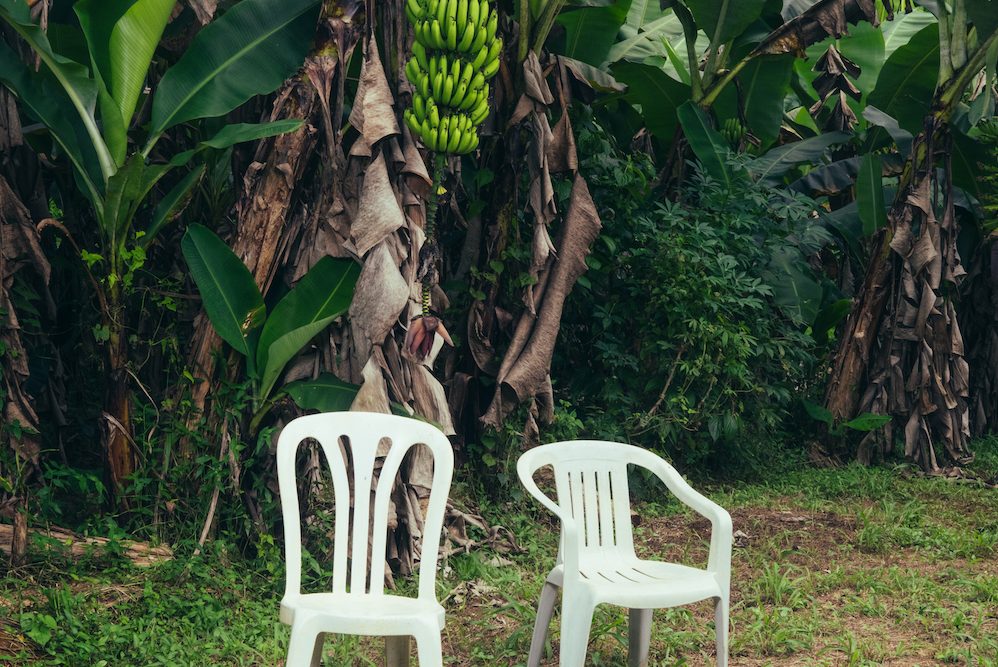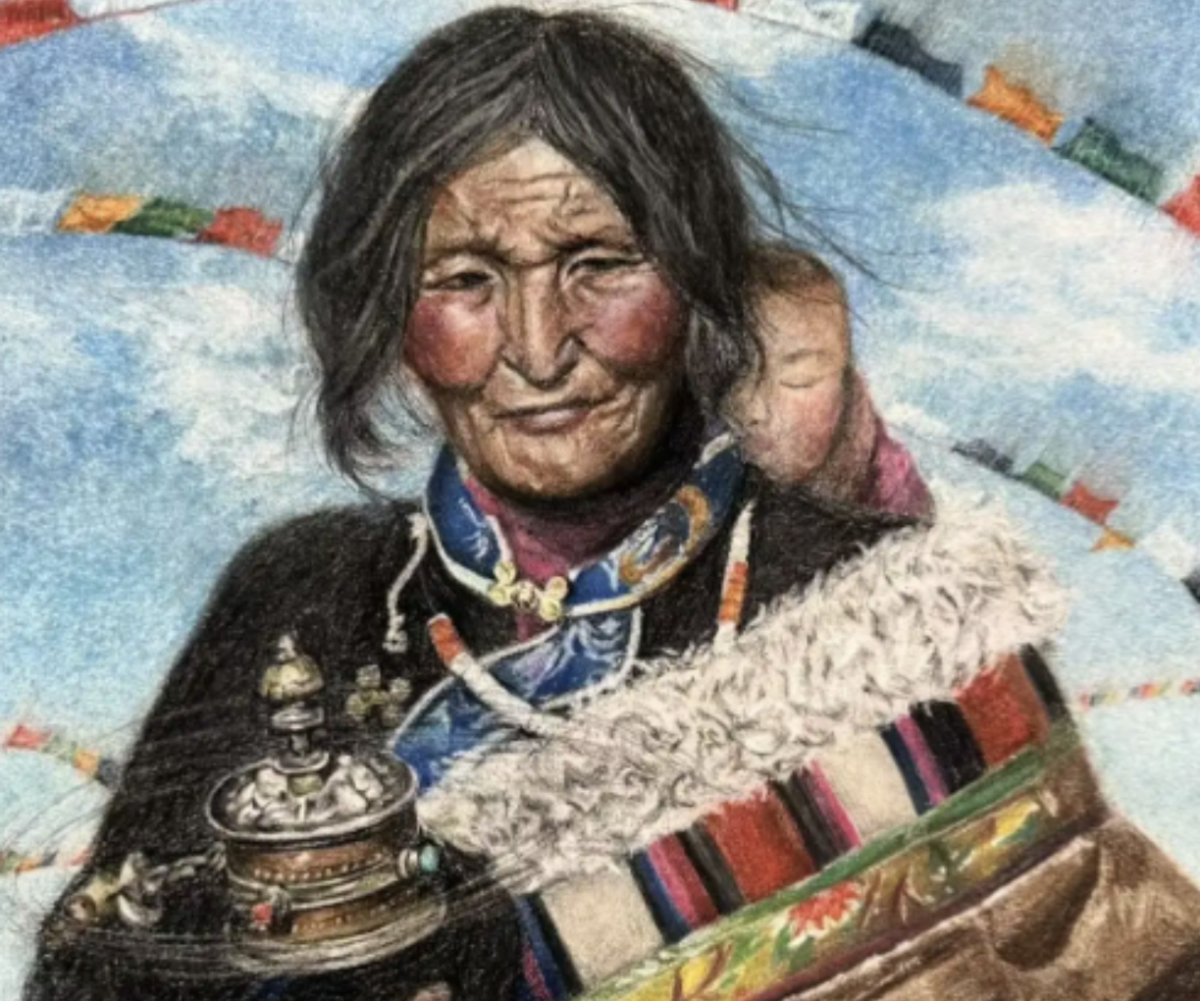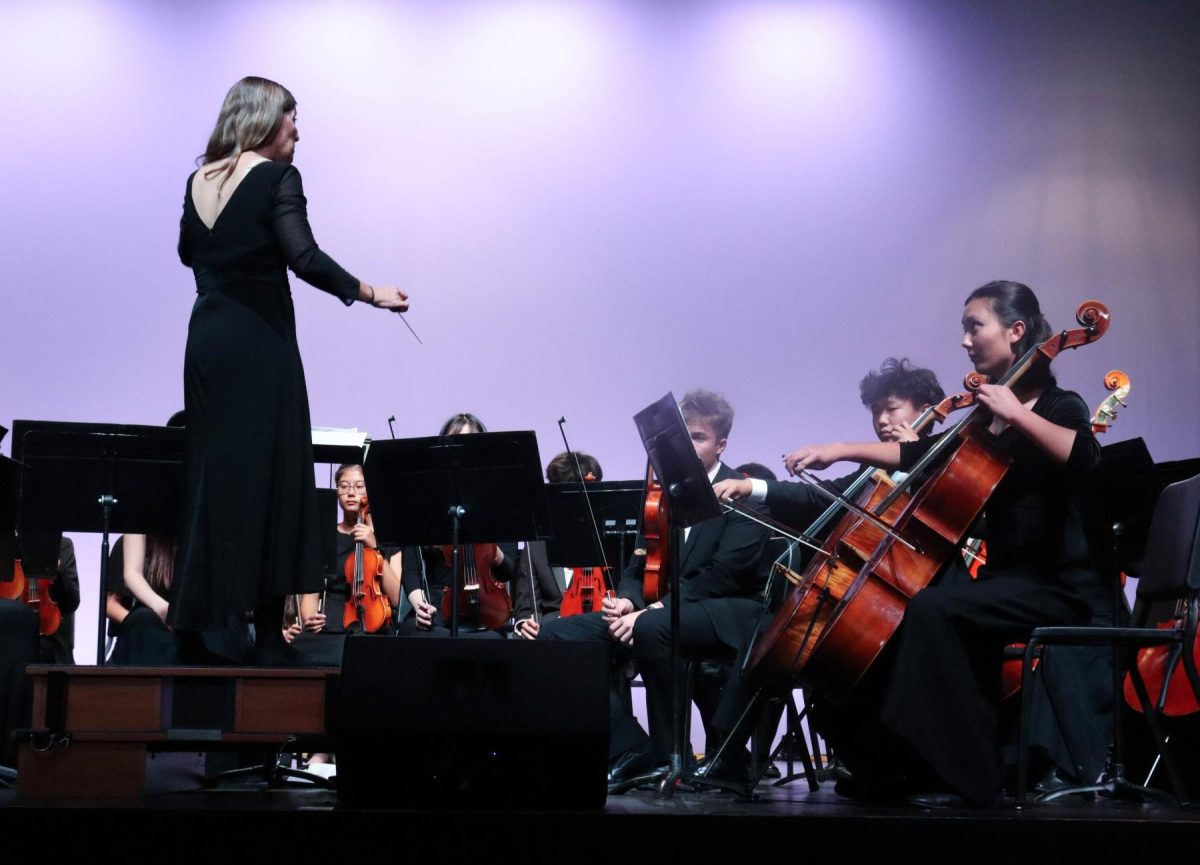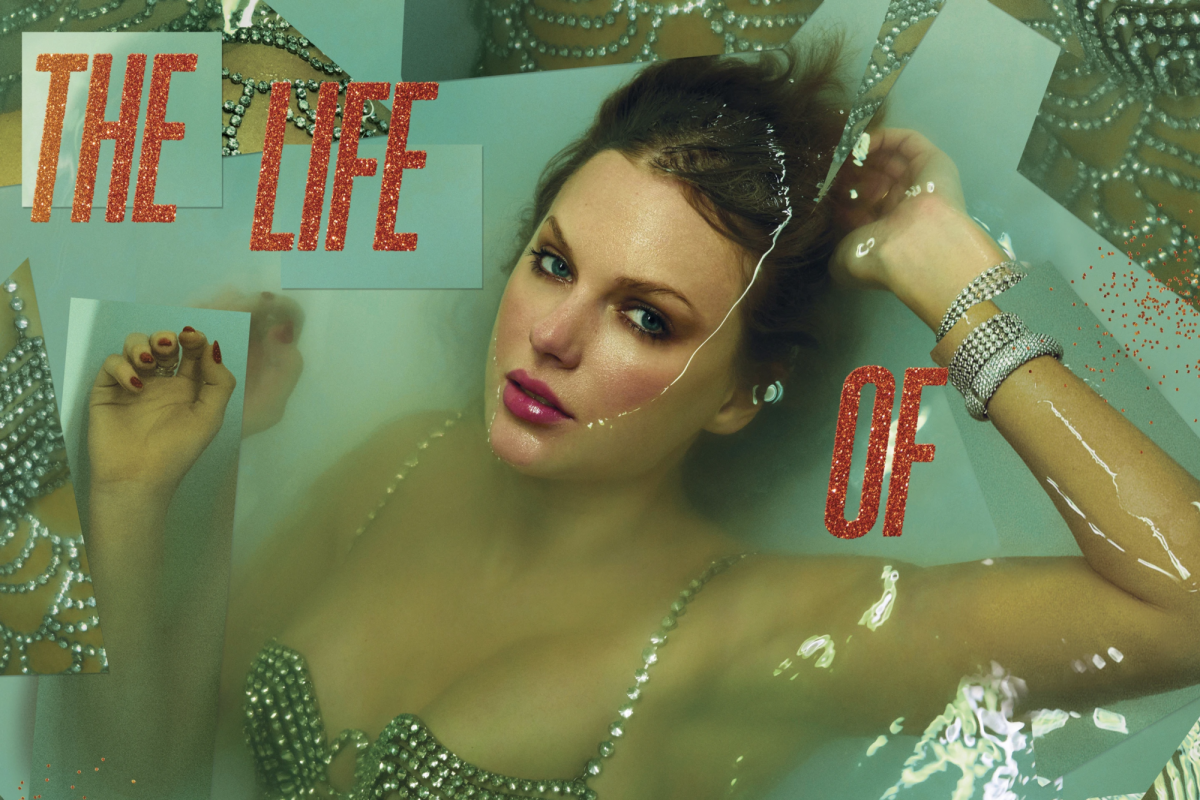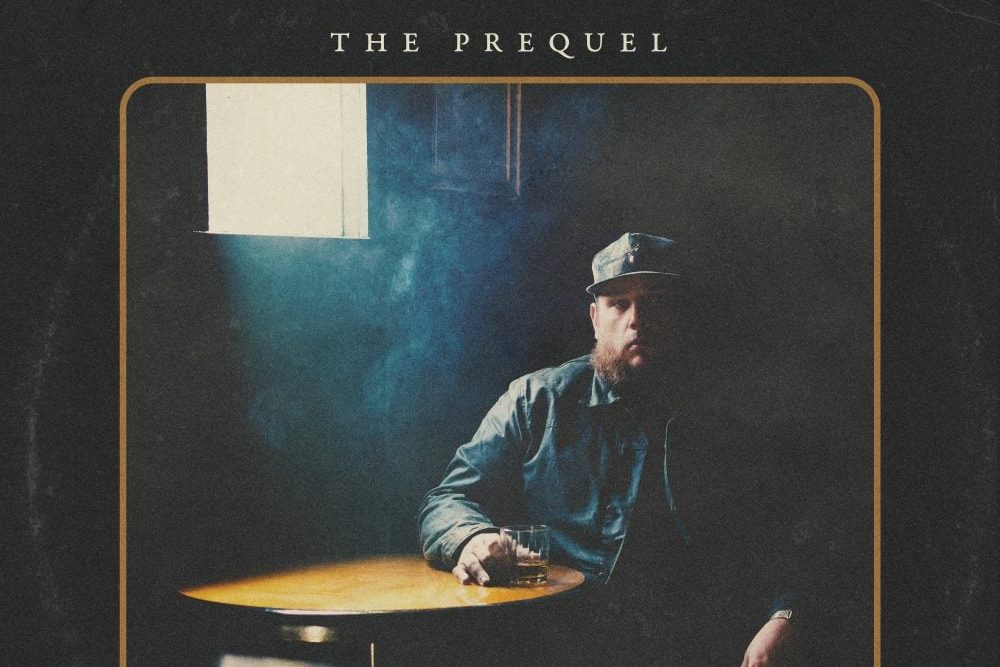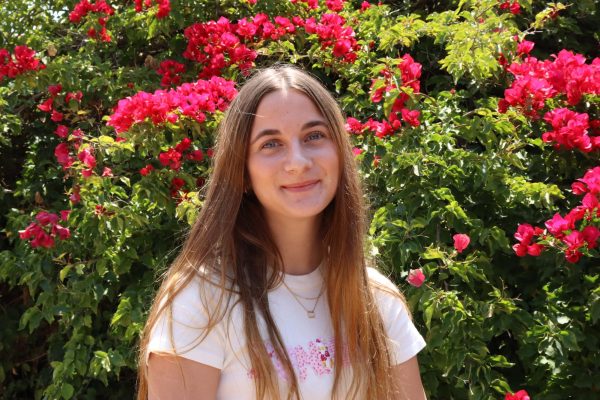Proving that music transcends language barriers, Bad Bunny’s sixth studio album, “Debí Tirar Más Fotos,” released on Jan. 5, pays homage to his Puerto Rican homeland through traditional sounds and rhythms. Despite achieving three top-charting albums, a headlining slot at Coachella and the title of most-streamed artist on Spotify, Bad Bunny wanted to return to his Puerto Rican roots, releasing an album that is both head-turning and full of energy.
Born Benito Martínez Ocasio in Bayamón and raised in Vega Baja, Bad Bunny reclaims his Puerto Rican roots in this album, reflecting on his upbringing before moving to Los Angeles, and later New York.
Benito collaborated with several Puerto Rican artists, including Chuwi ( “WeLTiTA”), Dei V and Omar Courtz (“VeLDÁ”), Pleneros de la Cresta (“cAFÉ CON RON”) and RaiNao (“PERFuMITO NUEVO”), highlighting the deep cultural ties embedded in his homeland.
The album mixes Puerto Rican music genres such as plena, bomba, salsa and reggaeton. In addition, Bad Bunny includes some house and urban styles, reflecting his residence in the United States.
The album opens with “NUEVAYoL,” which translates to “New York.” The track serves as an anthem of cultural pride in Benito’s newest home while capturing the nostalgia of being away from Puerto Rico. The track encompasses the chaos that New York is known for, as well as the complex realities of gentrification.
Benito uses his music platform to advocate for social and political justice, using his songs as a powerful tool for activism. One such example is “LO QUE LE PASÓ A HAWAI‘i,” a track that highlights the dangers of Puerto Rico becoming a U.S. state, drawing parallels to Hawaii’s controversial statehood.
“Debí Tirar Más Fotos” serves as a love letter to Bad Bunny’s homeland, which is most effectively communicated by his 16th track, “DtMF” (“I should have taken more photos”), the title track, was made to appreciate and remember the people and moments in life, because they don’t last forever.
Although the meanings behind the tracks are very notable, I’m not the biggest fan of this style of music. He tried to mix rave with traditional Spanish tunes which in theory would be really interesting and fun, but something about this album just didn’t work for me. The one song that really caught my attention was “DtMF,” because of its more gradual, and engaging combination of the two styles.
Regardless, from start to finish the album offers an inner look on Puerto Rican identity and legacy, with Benito reflecting on his heritage and deep connection to his homeland.


